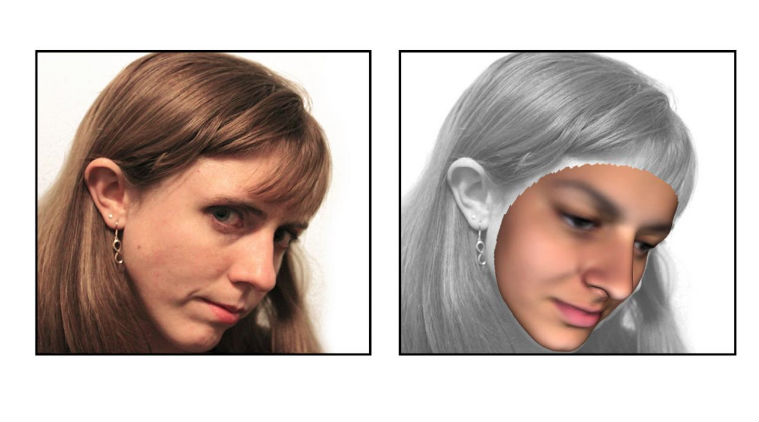Facial reconstruction possible through DNA samples: Study
A study has helped identify fifteen genes that determine facial structures, which can help people decode faces from retrieved DNA itself.
 The scientists were able to identify fifteen locations in our DNA. (Image Source: KU Leuven Belgium)
The scientists were able to identify fifteen locations in our DNA. (Image Source: KU Leuven Belgium)
Forensic examiners may soon be able to sketch a perpetrator’s face based on DNA retrieved from a crime scene, thanks to scientists who have identified fifteen genes that determine our facial features. Our DNA determines what we look like, including our facial features. That appeals to the popular imagination, as the potential applications are obvious, researchers said.
Doctors could use DNA for skull and facial reconstructive surgery, and historians would be able to reconstruct facial features using DNA from days long gone. “In the past, scientists selected specific features, including the distance between the eyes or the width of the mouth. They would then look for a connection between this feature and many genes,” said Seth Weinberg from University of Pittsburgh in the US.
“This has already led to the identification of a number of genes but, of course, the results are limited because only a small set of features are selected and tested,” said Weinberg. “Our search doesn’t focus on specific traits. We provided a database with 3D images of faces and the corresponding DNA of these people,” Peter Claes from KU Leuven in Belgium.
“Each face was automatically subdivided into smaller modules. Next, we examined whether any locations in the DNA matched these modules,” said Claes, lead author of the study published in the journal Nature Genetics. “This modular division technique made it possible for the first time to check for an unprecedented number of facial features,” he said.
The scientists were able to identify fifteen locations in our DNA. They found out that genomic loci linked to these modular facial features are active when our face develops in the womb. “Furthermore, we also discovered that different genetic variants identified in the study are associated with regions of the genome that influence when, where and how much genes are expressed,” said Joanna Wysocka from Stanford University in the US.
 Our DNA determines what we look like, including our facial features. (Image Source: KU Leuven)
Our DNA determines what we look like, including our facial features. (Image Source: KU Leuven)
However, we must not get ahead of ourselves, said Mark Shriver from Pennsylvania State University in the US. “We won’t be able to predict a correct and complete face on the basis of DNA tomorrow. We’re not even close to knowing all the genes that give shape to our face,” said Shriver. “Furthermore, our age, environment, and lifestyle have an impact on what our face looks like as well,” Claes said.







